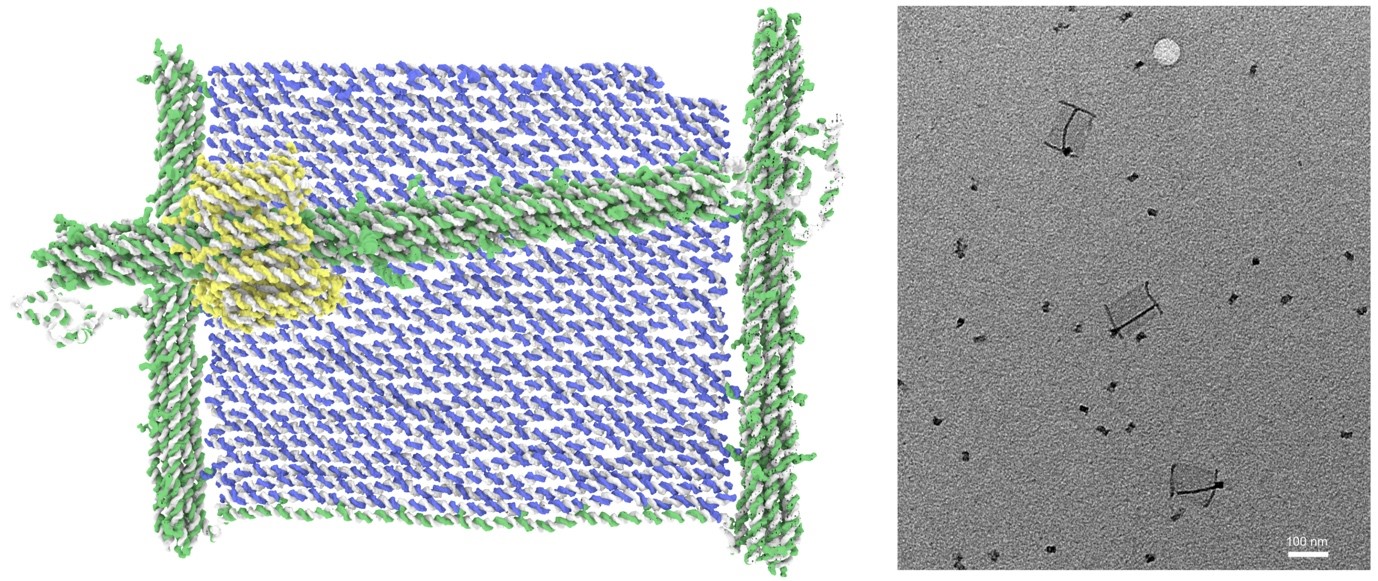A recent publication in Science Robotics describes a nanoscale printing device constructed completely from DNA.
The ability to manipulate and pattern matter and the nanoscale is important for the manufacture of advanced materials, and current methods require vast and complex instrumentation. Over the last decade DNA has been used as a construction material to create increasingly complex structures including mechanisms such as linear and rotary motors.
In this work, members of Professor Andrew Turberfield’s group at the Department of Physics, Erik Benson, Rafa Carrascosa Marzo and Jon Bath, drew inspiration from macroscale printers and coupled several DNA linear motors to create a nanoscale device capable of positioning a sleeve in two dimensions over a canvas.
The device operates in a liquid flow cell and its position can be controlled through the introduction of specific DNA-address strands that lock the linear motors into position. An array of targetable DNA pixels was added to the central canvas, and the sleeve was decorated with a DNA catalyst strand to function as write head. When the write head is over a pixel it can interact to aid the incorporation of an ink DNA strand in the pixel. When combined with the positioning of the write head, this creates an externally controlled nanoscale printer.
Future versions of the printer could be envisioned to perform more complex chemical manipulations directly on a surface or to synthesize polymers and biomolecular complexes.

